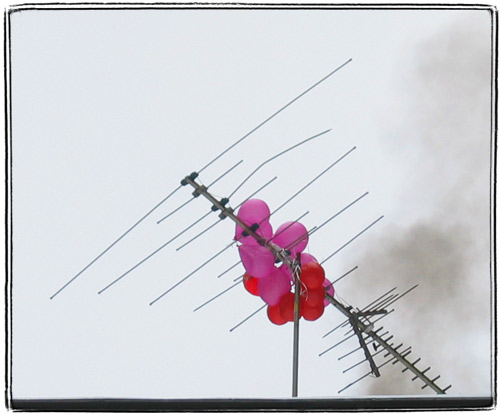Larry Ellison’s Japanese fetish is well known. He owned at different times yachts named “Ronin”, “Katana” and “The Rising Sun”. According to “The Difference Between God and Larry Ellison” Larry often flies to Japan for Sakura Matsuri. And now he is building himself a $60 million 3000 sq. foot replica of a 16th century Japanese warlord’s mansion.
The house will be built using traditional materials and without nails (good idea earthquake-wise), but I doubt that any warlord had a house that big, especially with an amazing master bath that will include “.. boulder that will be part of the master bathroom shower. The 30-ton stone (yes, that’s 60,000 pounds) was recently moved into place with a rented high-rise crane that was brought to the site expressly to move the “shower rock.” ”
A house like that needs a driveway to match. Larry wants it paved with natural hand cut stone. The stone is quarried in Japan and China (Larry chose China because the labor is cheaper there) and for some reason needs to be cut on site. This means that the architect needs to provide a template for each and every stone. It would take months to do this by hand, but luckily a CIS student helped him, making Larry’s driveway his CS270 Project. Random, but not too random, concave and convex, angles not too sharp, 5 to 9 sides to a stone – this is not as simple as it seems :
By the way, is it just me or does Mr. Scorpio from “The Simpsons” look very much like the samurai in question?



